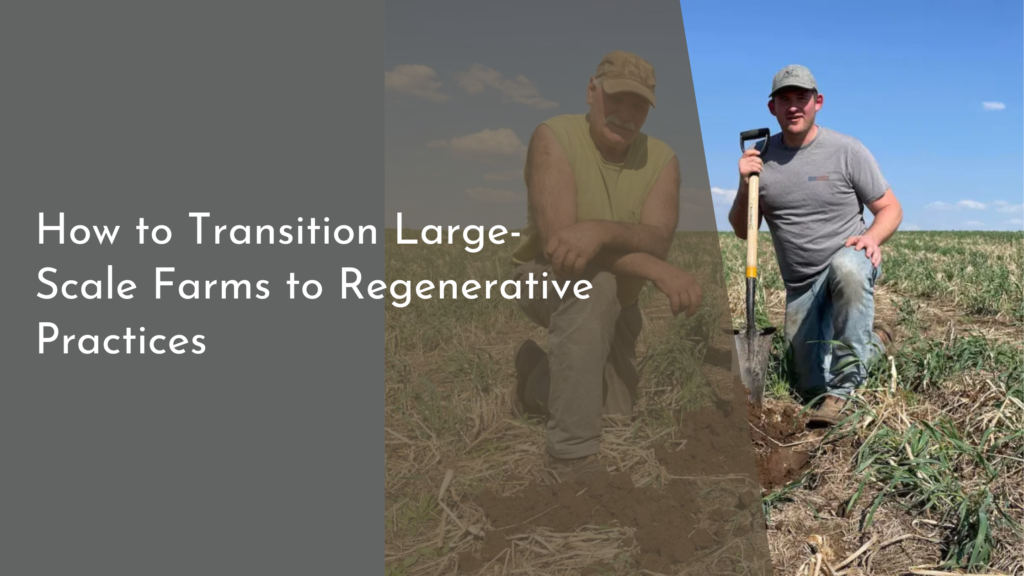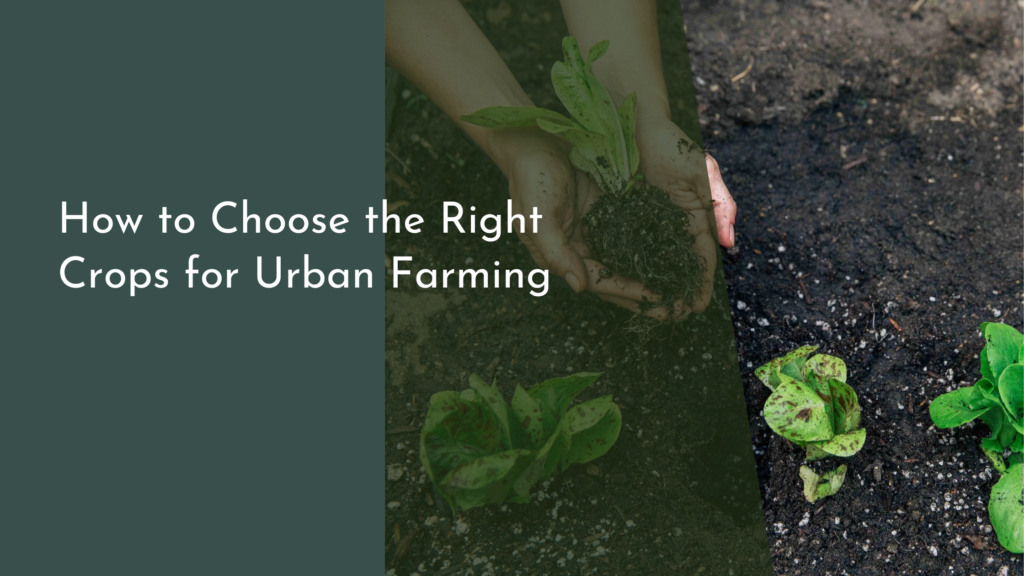Urban Forestry’s Role in Connecting City and Suburb
Urban forestry plays a vital role in modern city planning and development, serving as a green thread that weaves through the fabric of both urban and suburban environments. As populations swell and cities expand, the importance of maintaining green spaces becomes increasingly evident. From enhancing air quality to fostering community connections, urban forestry not only beautifies our spaces but also promotes ecological health and social cohesion. This article explores how urban forestry bridges the gap between city and suburb, the myriad benefits of green spaces, the role of community engagement, and the potential for future growth in connectivity through urban forestry initiatives.
How Urban Forestry Bridges the Gap Between City and Suburb
Urban forestry acts as a bridge between the bustling energy of cities and the tranquil charm of suburbs by creating a seamless transition between these two environments. Tree canopies, parks, and greenways serve as visual and physical links that soften the boundaries separating urban and suburban areas. By integrating trees into urban landscapes, city planners can create inviting corridors that encourage movement between neighborhoods, thereby facilitating access for both city dwellers and suburban residents. This sense of continuity helps foster a shared identity and a feeling of belonging among people who may otherwise feel alienated by the stark divisions of urban and suburban life.
Furthermore, urban forestry promotes ecological connectivity, allowing for the movement of wildlife and the exchange of natural resources across these landscapes. Green spaces in urban areas can serve as critical habitats for various species, while also providing buffers that help protect suburban ecosystems. By planting trees and creating green corridors, we reinforce the idea that cities and suburbs are part of a larger ecosystem, benefiting not just human inhabitants but also the flora and fauna that thrive in these environments.
The Benefits of Green Spaces for Urban and Suburban Areas
Green spaces are essential for enhancing the quality of life in both urban and suburban settings. They provide numerous health benefits, from reducing heat islands in cities to improving air quality and mitigating stormwater runoff. The presence of trees and parks encourages outdoor activity, leading to healthier lifestyles and improved mental well-being. In suburban areas, green spaces often become community hubs where families gather, children play, and neighbors connect, fostering a sense of community and belonging that is vital for social cohesion.
In addition, green spaces contribute significantly to the local economy. Parks and tree-lined streets enhance property values, attract businesses, and boost tourism. Urban forestry initiatives, such as community gardens and urban parks, create job opportunities and encourage local entrepreneurship. For suburbs, the presence of well-maintained green spaces often becomes a selling point for potential homeowners, further blending the interests of city and suburban growth while promoting a sustainable approach to development.
Community Engagement: Uniting Neighbors Through Nature
Urban forestry projects provide a unique opportunity for community engagement, allowing residents from both urban and suburban areas to come together and work towards shared goals. Tree planting events, park clean-ups, and community gardening initiatives foster collaboration and camaraderie as neighbors unite to enhance their shared environment. Involving residents in these activities not only enriches their connection to nature but also deepens their sense of responsibility for the well-being of their community, creating a culture of environmental stewardship.
Moreover, urban forestry initiatives often promote inclusivity by engaging diverse groups within the community. By hosting educational workshops and collaborative events, organizations can bring together individuals from various backgrounds, ages, and skill levels to share their knowledge and experiences. This connection fosters an appreciation for the natural environment, encouraging residents to advocate for the preservation and enhancement of green spaces, ultimately bridging the gap between urban and suburban communities.
Future Growth: Enhancing Connectivity with Urban Forestry
Looking ahead, the potential for urban forestry to enhance connectivity between city and suburb is promising. As urban planners and landscape architects increasingly recognize the importance of green infrastructure, innovative designs are emerging that prioritize tree planting and green space development. Concepts like green roofs, vertical gardens, and urban woodlands are gaining traction, offering new ways to integrate nature into urban landscapes while providing valuable ecosystem services. By investing in these initiatives, cities and suburbs can create a more interconnected environment that benefits all residents.
Additionally, technology plays a pivotal role in the future of urban forestry. Geographic information systems (GIS) and remote sensing are revolutionizing how we plan and manage urban green spaces. These tools enable city planners to identify areas in need of tree cover and to monitor the health of urban forests efficiently. As cities and suburbs collaborate on urban forestry projects, they can leverage these advanced technologies to create sustainable and resilient landscapes that serve as vital links connecting communities for generations to come.
Urban forestry serves as a unifying force, linking city and suburb while enhancing the quality of life for all residents. By embracing green spaces, fostering community engagement, and harnessing innovative technology, we can create a vibrant future where nature thrives alongside urban development. The positive impact of urban forestry stretches beyond geographical boundaries, enriching the lives of those who call these areas home. As we continue to nurture our connection to nature, we celebrate the beautiful intertwining of urban and suburban communities, inspiring a greener, happier tomorrow for everyone.


